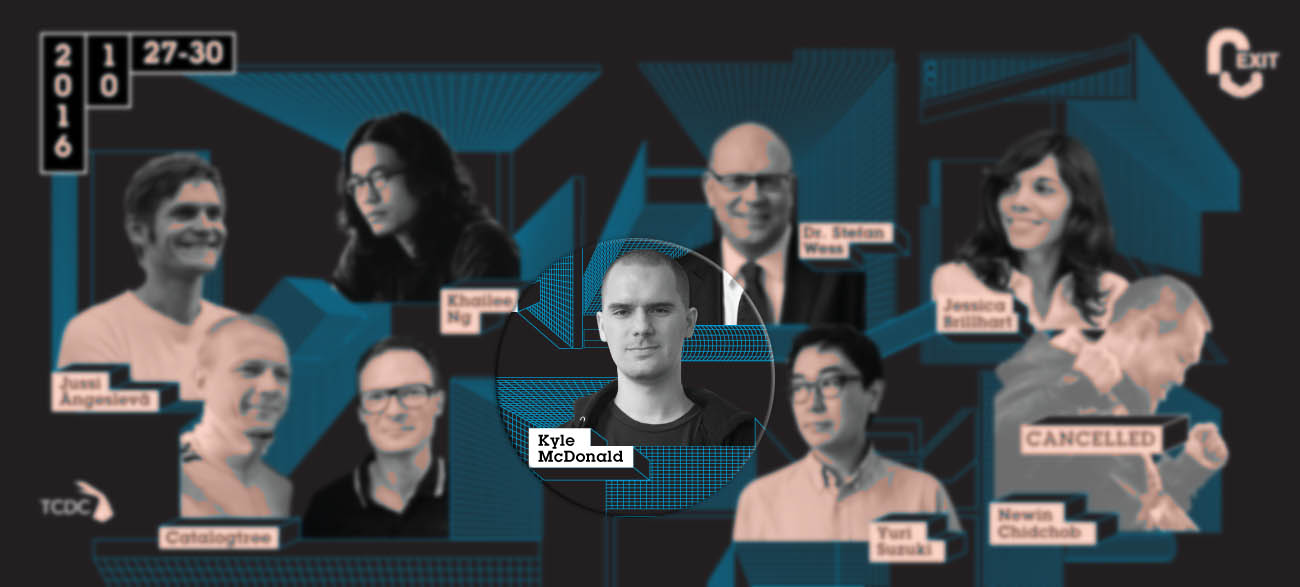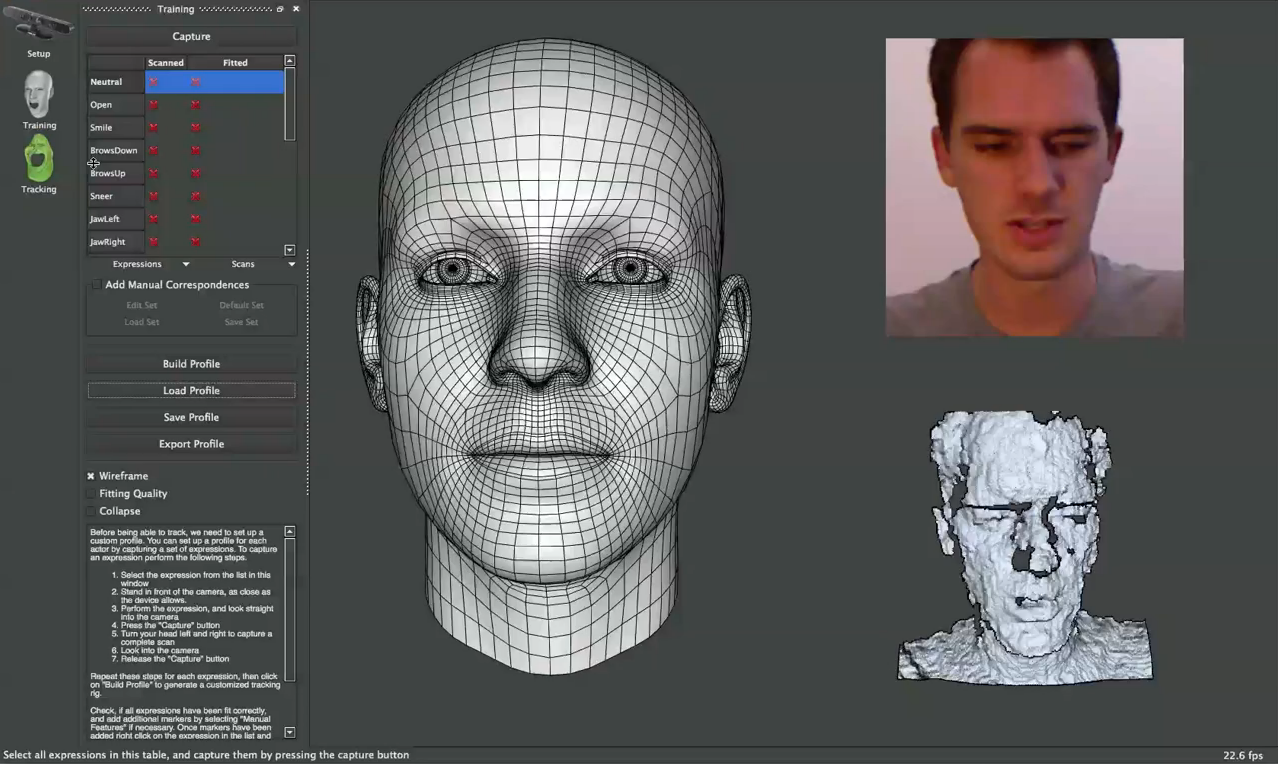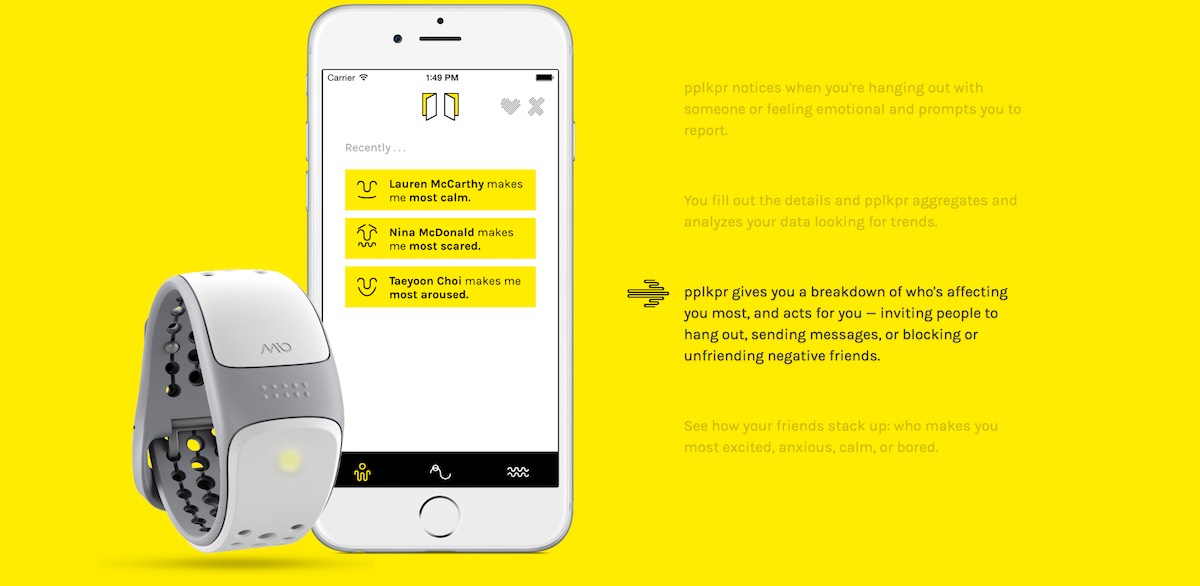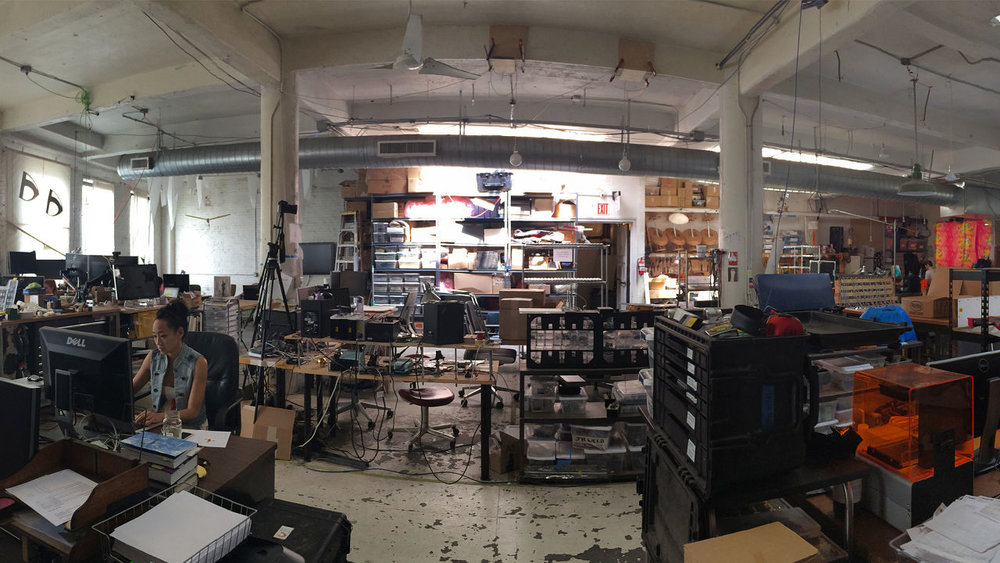When tech and art marry: Kyle McDonald shares about his life as a creative coder
Some say he is a coder, some say he is an engineer, but he calls himself an artist who's working on coding. Meet Kyle Mcdonald, an American artist who combines art and technology together. He is a contributor to arts-engineering toolkits like openFrameworks, and spends a significant amount of time building tools that allow artists to use new algorithms in creative ways.
In October 2016, Kyle was invited to be a speaker at Creative Unfold 2016 organized by TCDC. It was his first visit to Thailand, and his first visit to Southeast Asia at the same time.
Techsauce: Artists usually expend lots of costs to create good artwork. In your opinion, how can an artist make a living from his/her work?
Kyle: Yeah, that question is difficult because it has a different answer in every city and every country. For me I am kind of lucky because I do something that is kind of trendy (laughs), working with technology and art.
But I think one of the things that have made possible for me to survive is that a lot of the technical skills that go into making my artwork are useful for doing other things also. So, when I was starting as an artist I was doing a lot more projects that were not artwork, but were using the same skills and techniques and helped me refine my craft by working on other things. Also, normally other things pay better than art (laughs) so working as a programmer, in general, you can make more money than as an artist.
But now that I have people who know me better as having some good ideas and being good at working with code, it’s possible to mostly just do artwork. So I’d say in general I think a good direction is to work on your craft and your technique a lot and then when you can’t be making artwork, be using those things for other projects and for other jobs.
Kyle's Face Tracking Experiment
Techsauce: How does it feel to do many residency projects for companies?
Kyle: I did a residency for ‘Spotify’ for three months and have done residency at 'Autodesk’ which makes CAD engineering software.
Sometimes I was given commission from companies because they wanted to have installations in their store. It’s good because I get to work with the tools or products or hardware and try to think of something that makes sense for the product. I have been working with Google Creative Lab in New York for some time, to take ideas from my art practice and put them into a format that is more accessible to more people. Well, it’s a secret. So I can’t say more about this right now (laughs). There will be more soon.
Techsauce: Most of your work is related to big tech companies; how about small companies like startups?
Kyle: I think startups can be doing the most interesting things in terms of new techniques but I haven’t had a chance to work with them yet. In some ways what I am doing is actually similar to what startups are doing. We both are trying to innovate with tools and technology, but startups are trying to accomplish something different. Their goal is to start a company and make money. But my goal is to ask questions and make artwork.
Sometimes I’m competing with startups, so maybe that’s why I haven’t done so much work with them (laughs). Some of my work with Lauren McCarthy is very similar to startups. We make something like a product but not really a product; it’s an art piece that is presented as if it is a startup. For example, we have a project called ‘PPLKPR' (PeopleKeeper) which is a bracelet that keeps track of your motions as you’re spending time with people and then it automatically manages your contacts based on how people make you feel. So if someone stresses you out all the time it will delete them from your contact list or if someone makes you feel good it will schedule a date or send them a text message. This is similar to what startup would do, right? But for us, we’re not making it to make money or create a startup company. We just want to look into the future a little bit and get people to ask more questions about technology.
Techsauce: We’ve heard a lot about startup trends. Most of the innovators are trying to be a startup company, trying to get funding and you’re on the opposite road. Are there more people like you in U.S. and what is your opinion about this?
Kyle : There are some more people like me in the U.S. and in Europe. That’s the two main places that I’ve seen this kind of practice of working like a startup but as an artist. And the best thing would be if all the artist and startup people are hanging out more often (laughs) to spend more time together. I think if that happens the artist would understand why the startup is important for society to affect change and the startups would understand why the artist are asking so many questions.
Techsauce: Do you have any advice for people who want to be innovators? What kind of expertise do you use to become more creative or have so much energy to do things?
Kyle: I’d say to be innovative, there are two main things: to ask questions and not to take things for granted. Don’t just acknowledge the way things are - you have to ask why it is this way. For me, the most important thing is spending time with people who are innovative (laughs) - spending time with people who are smarter, more interesting and more curious so that you can get the energy from them and you’ll also give back to them. I think being in creative community is one of the most important things for an innovator. They should have really strong connections and lots of discussions.
Techsauce: The concept of co-working spaces is growing in Thailand. Are there places in the U.S. that also have co-working spaces for creative people?
Kyle : Yes, we have them. I have been thinking about this a lot recently because I just moved to LA and I am trying to find a space to work in. As an artist I actually need a place where I can leave stuff at the end of the day and come back the next day and continue working on it. Most co-working spaces in the U.S. are not designed for that; they are meant for people who come in with laptops and leave with their belongings, they are mostly for people in tech or the design field.
An image of DAMM from thefashionrobot.com
I was in this space in New York called ‘Dark Matter Manufacturing’ (DAMM); it was an amazing space where it’s a collective of artists but in some way it can be like a co-working space. New people are coming through all the time and giving new ideas and making connections but at the same time it’s the craziest space you’ve ever been to. And it’s so dirty and everything is stacked on top of everything else. There are cameras and sensors everywhere; 3D printers and people in the shop area cutting wood or on a CNC with metal. It’s kind of a maker’s co-working space but it’s more permanent. Everyone has one chunk of space dedicated to them. Thailand's TCDC is really cool for having clean space but it’s also good to have messy spaces - spaces where people can leave stuff and come back to it; places where people can come work till late or stop working early and just party! (laughs)
These things help build community and give people new ideas. It’s also really good when people are working on different kinds of projects. So, in New York, at this space we had everything from astrophysicists to costume designers to musicians who were building instruments, intellectual designers, conceptual artists - basically creative people from different kinds of backgrounds and then we all get different ideas from each other in some big messy space. (laughs)
Techsauce: Last question - do you see any trends or attractiveness in terms innovation about interactive media in Thailand?
Kyle: I haven’t had a chance to go out very much. But the big thing that’s really impressed me has been the way TCDC is structured and is so well run here; it’s really amazing that you have this facility with a library, material connection, cafe, and gallery space. I’m coming from LA, having lived in New York for a while, where we have each of these things but it’s very rare that it’s all in one space. Also they get understanding and support from the government, which is really difficult to do in general anywhere.
The other thing that’s really impressed me is how considerate the conference is (Creative Unfold 2016), and seems like everyone has been in terms of thinking about the future, thinking about how things are changing, thinking about what are the best questions to ask. I think in the U.S it’s easy to get wrapped up in the present and here seems much more forward-looking.
Get to know Kyle McDonald better and see more of his work at http://kylemcdonald.net/; we are sure you will get inspired.
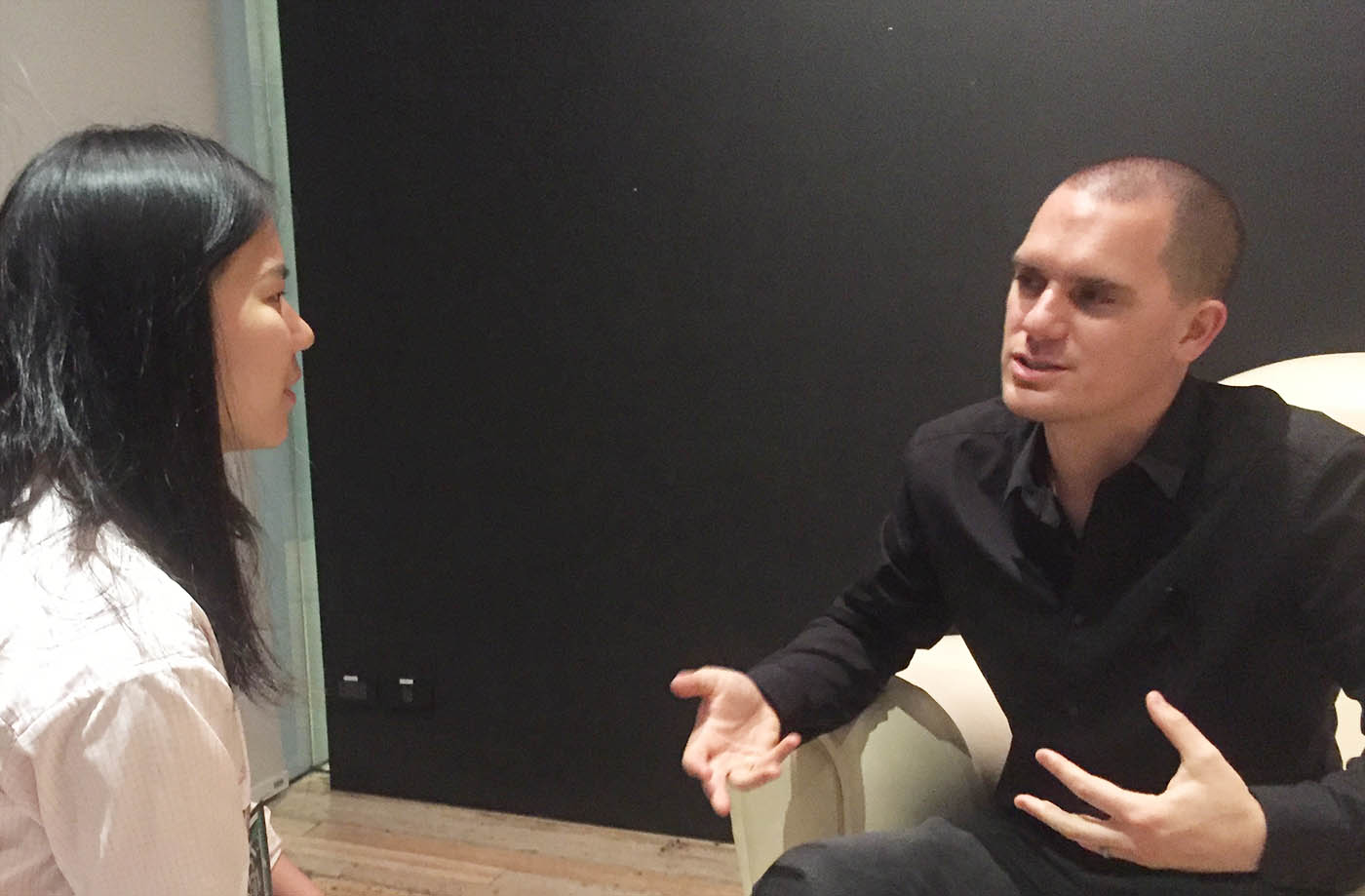
(This interview was held in October 2016.)
ลงทะเบียนเข้าสู่ระบบ เพื่ออ่านบทความฟรีไม่จำกัด

